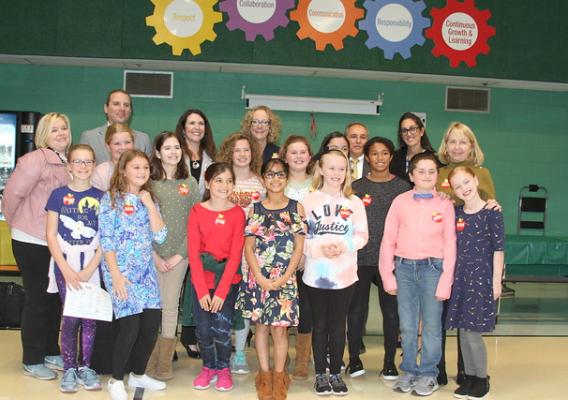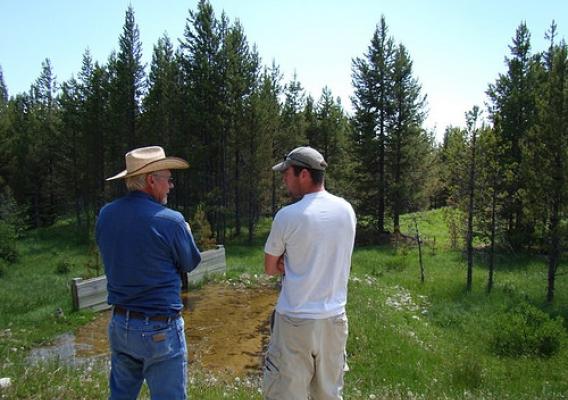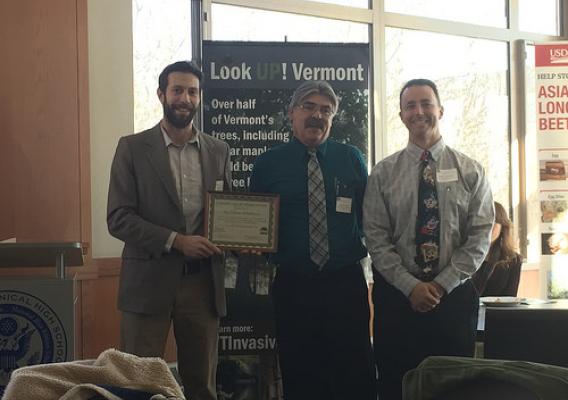Through the Team Nutrition initiative, USDA provides grants to state agencies to expand and enhance their training and educational activities to help schools provide appealing and nutritious meals, nutrition education and healthier school environments. These efforts are designed to help children get the nutrition they need to learn, grow and be healthy. In addition to grants, Team Nutrition provides free nutrition education materials to schools, child care settings and summer meal sites that participate in the Child Nutrition programs.
By Samantha Therrien, graduate student, Framingham State University Food and Nutrition Program & Karen McGrail, MEd, RDN, LDN, Director, the John C. Stalker Institute of Food and Nutrition at Framingham State University
It’s that time again! As students head back to school many school nutrition programs across Massachusetts are continuing to use Smarter Lunchrooms strategies gained through their participation in a USDA Team Nutrition grant. The research-based Smarter Lunchrooms Movement, established at the Cornell Center for Behavioral Economics in Child Nutrition Program, focuses on creating sustainable lunchrooms that make the healthy choice, the easy choice for students. The Movement is based on the idea that even small, low-cost changes can make a big difference, and Massachusetts schools are benefitting from this first-hand.









